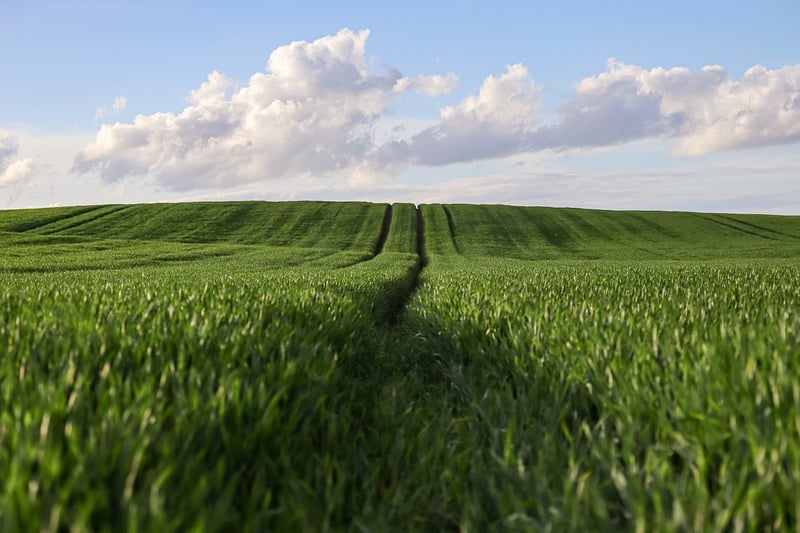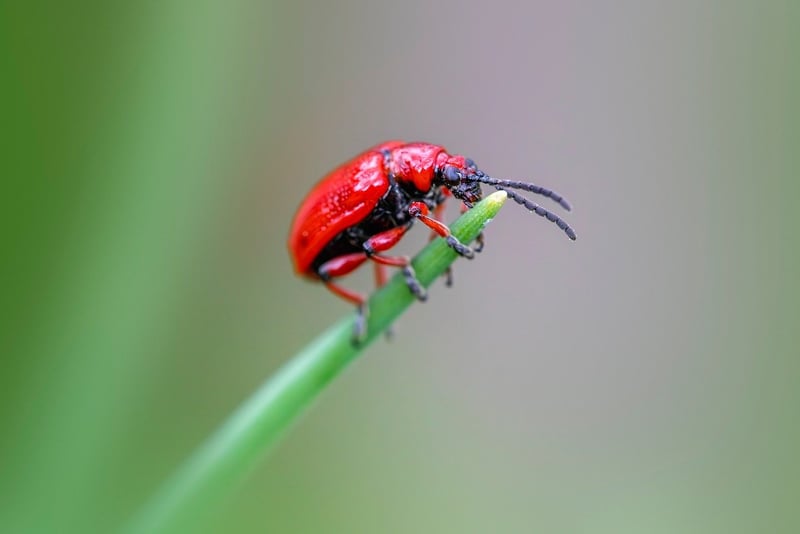Pest Prevention Methods
Caring for Vertical Gardens and Pest Prevention
Introduction to Vertical Gardens
Vertical gardens are a popular way to add greenery to small spaces or create a striking visual feature in any environment. These gardens are not only aesthetically pleasing but also provide numerous benefits such as improved air quality and insulation. To ensure your vertical garden thrives, proper care and pest prevention are essential.
Caring for Your Vertical Garden
Here are some essential tips for caring for your vertical garden:
- Regular watering: Vertical gardens can dry out quickly, so make sure to water them regularly, especially during hot weather.
- Pruning: Trim any overgrown or dead foliage to promote healthy growth and maintain the garden's appearance.
- Fertilizing: Use a balanced fertilizer to provide essential nutrients to your plants and encourage lush foliage.
- Monitoring sunlight: Ensure your vertical garden receives adequate sunlight based on the plant's requirements.
- Checking for pests: Regularly inspect your plants for signs of pests or diseases.
Pest Prevention Methods
Preventative measures can help keep pests at bay and maintain the health of your vertical garden:
- Natural predators: Introduce beneficial insects like ladybugs or lacewings that feed on common garden pests.
- Neem oil spray: Use a neem oil solution to deter pests while being safe for your plants.
- Regular cleaning: Remove fallen leaves and debris to eliminate hiding spots for pests.
- Companion planting: Companion plants like marigolds or lavender can repel pests and attract beneficial insects.
- Organic pesticides: Use organic pesticides sparingly and as a last resort to avoid harming beneficial insects.
Conclusion
By following these care tips and pest prevention methods, you can ensure that your vertical garden remains healthy, vibrant, and pest-free. Enjoy the beauty of your lush green wall while contributing to a greener and healthier environment.

For more inspiration and ideas on vertical gardening, check out The Spruce.
